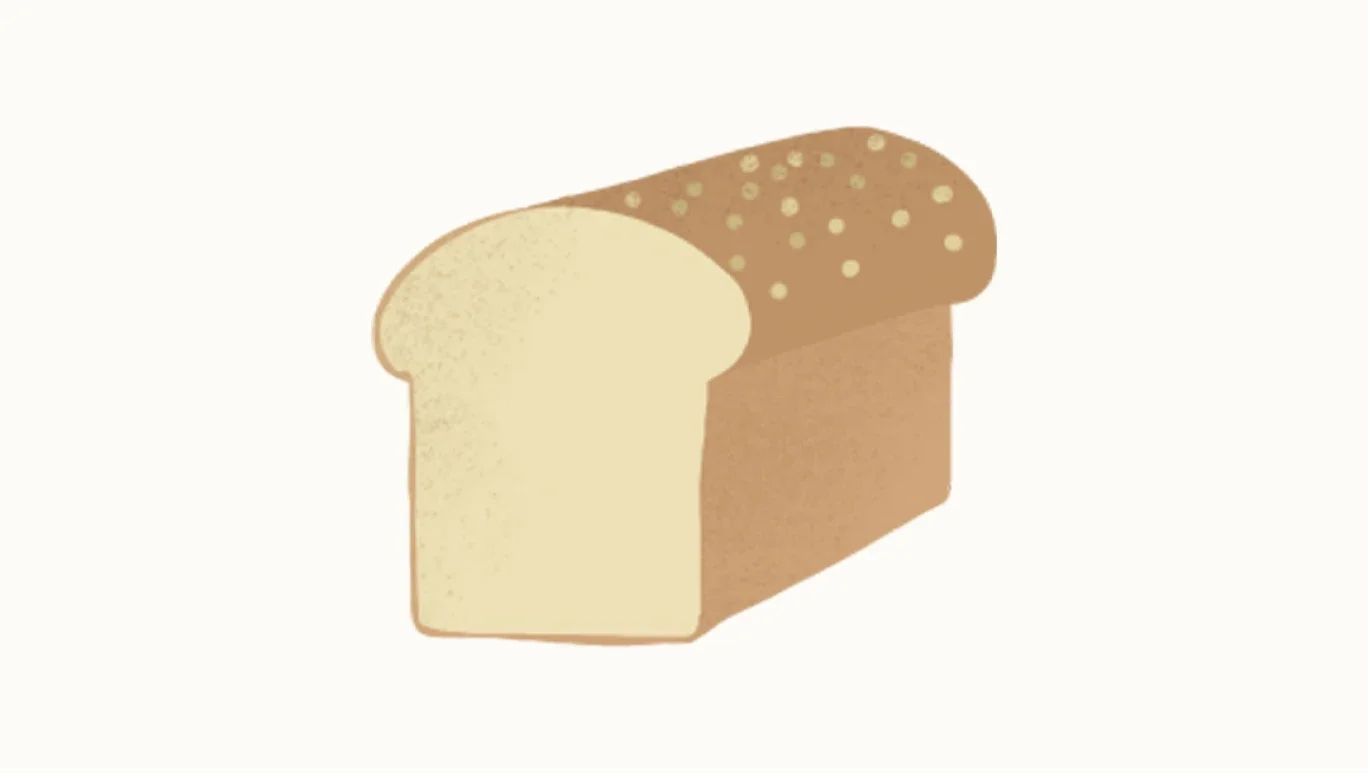Why a balanced lunch matters and how to make one
More energy. Better focus. The importance of a healthy lunchbox should not be underestimated, for both kids and adults alike. However it can often feel like a cumbersome effort to prepare a balanced lunch everyday. Here’s how to simplify it for balance and ease to reap all the benefits.
Why pack a healthy lunchbox?
Did you know that Australian children eat roughly a third of their total energy intake during school hours? Around 80% of Australian school lunches are of poor nutritional quality, with research estimating that 40% of the energy kids consume at school comes from unhealthy food, with most children eating very few or no vegetables, protein-rich foods or dairy during school hours.
Common nutritional gaps
- Only 1 in 10 children aged 2–14 meet the serve recommendations for vegetables.
- Data also shows that the food purchased by Australian households does not meet the recommended daily serves for any of the core food groups.
Nutrition and academic performance are linked
An Australian study of children aged 8–15 found that nutrition may influence academic achievement. Here’s how:
- Eating two pieces of fruit every day was associated with achieving higher writing scores.
- Eating more vegetables at dinner every night was associated with higher test scores in spelling and writing.
- Drinking sugar-sweetened drinks was associated with lower test scores, particularly in reading.
What makes up a healthy lunchbox?
There are 6 core components that should be included in a balanced lunchbox: fruits, veggies, dairy (or alternatives), meat (or alternatives), whole grains and fluids.
Here’s what each component provides:

Fruit: packed with fibre, essential vitamins, and minerals as well as antioxidants to help reduce the risk of illness, fruits act as a great mid-meal snack to top up energy levels. Go for whole fruits rather than fruit juice, as fibre and nutrients are lost during the juicing process. Many schools include a sip and crunch break in the morning, which is a great opportunity to add more fruit.

Vegetables: like fruits, veggies give us fibre, vitamins, minerals as well as hidden hydration. The combination of water and fibre in vegetables can also help to keep little tummies full.

Dairy: contains protein for muscle growth, as well as calcium to help build and maintain strong bones. Dairy alternatives (such as soy milk) can also be a great source of calcium if the product is calcium fortified, so look for at least 100mg calcium per 100mL when selecting a dairy alternative.

Meat (or alternatives): whether animal-based, or plant-based, meat and meat alternative products offer us protein to support muscle growth and keep our immune systems healthy. Beans, legumes, chickpeas and tofu can also count as a serving of meat, so try packing a variety of animal and plant-based sources of protein for lunch.

Whole grains: provide kids with long-lasting energy throughout the day to help them run, learn, and play. Opt for whole grains (like wholemeal bread or wraps, quinoa and brown rice) over refined or ‘white’ carbohydrates, as these provide more fibre and a sustained release of energy.

Hydration: water is the best drink for little ones. If your kids struggle with plain water, mix it up by using plain sparkling water or add a few frozen berries or frozen cucumber slices to drink bottles for a cool, refreshing option on a hot summer’s day.
Did you know? About 95% of a cucumber is water!
So, how do we pack this all together into a healthy, balanced lunch? There are so many different foods and drinks that you can use to tick off each of these core components of a lunchbox. Here’s a handy resource to help pick and mix your lunchboxes for the week.
Lunches for the big kids
Packing a nutritious lunch for adults is just as vital as helping the kids. How often do you find yourself wandering down the street for a takeaway lunch whilst working in the office? Takeaway meals can often be higher in added salt, saturated fat, and sugar, and they can also be more expensive in the long run compared to packing your own lunches.
Preparing yourself a salad sandwich using leftover roast chicken, wholegrain bread and vegetables can cost under $5 per serve, compared to most takeaway sandwiches or wraps which can cost around $10 or more. Over the next two weeks at work, compare how much a week’s worth of takeaway costs to a week’s worth of packed lunches—you could be amazed to see how much you save!
Start the conversation and get planning
Sitting down to a packed, balanced lunch during your lunch break in the office is a great way to get to know your colleagues. Food has a significant social element to it, and we often bond and chat over a shared lunch or dinner. Bring a batch of homemade zucchini slice or mini savoury muffins to share with colleagues to get the most out of your work breaks.
Bringing your own lunch to work can also be more delicious. If a plain old sanga doesn’t excite you, get creative with trying new recipes. Homemade pizza with a flatbread base, quinoa salad with a zesty dressing or spicy rice paper rolls can all help add a bit of variety to your work lunch. Use our lunch box planner to get your lunchbox sorted for the week ahead.
Related articles:
- Healthy lunchbox ideas: simple tips for a balanced and tasty meal
- Healthy lunch ideas for work
- Healthy lunchbox ideas the whole family will love
Reviewed by Healthylife health experts December 2024.
